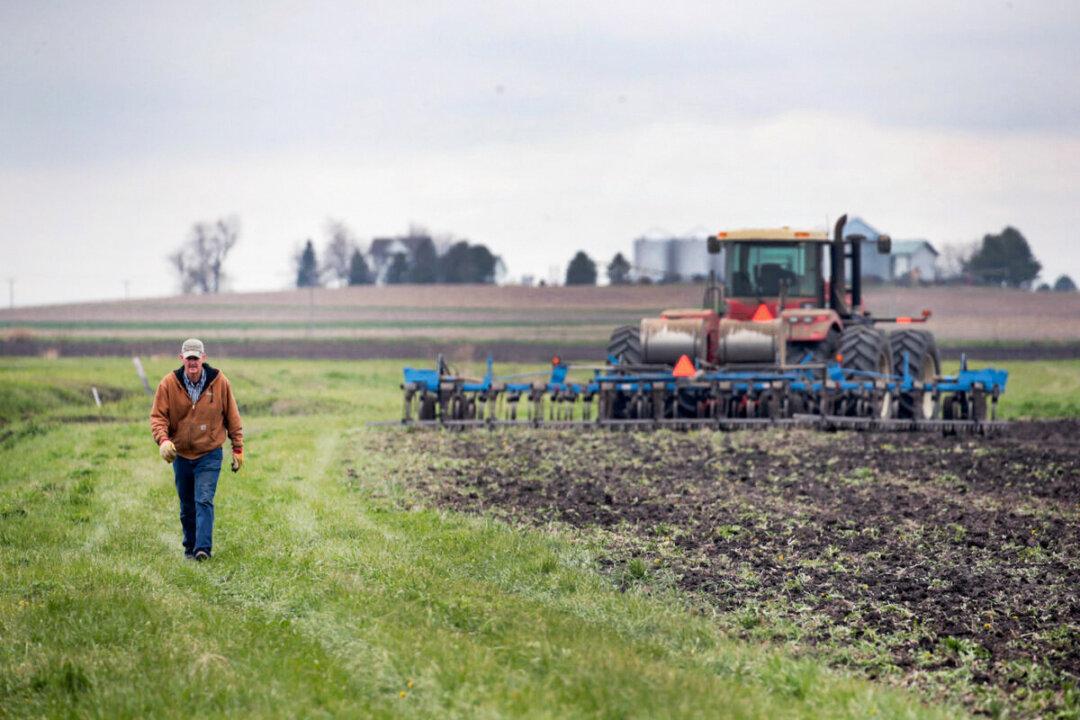Farmers, scientists, and meteorologists have been sitting up and taking notice as severe dust storms in the United States are becoming more frequent across the Great Plains and the Southwest.
Research shows dust storms have doubled over the past 20 years and are becoming more intense—due to a combination of increased drought conditions and the expansion of crop planting.





